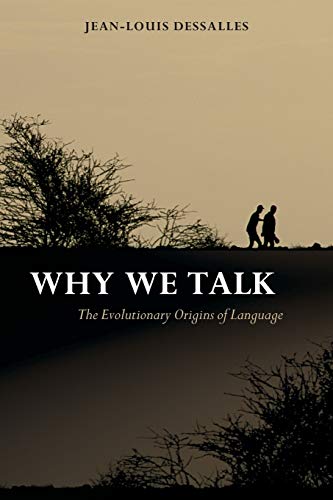Found in 2 comments on Hacker News
zby · 2021-12-24
· Original
thread
https://www.amazon.com/Why-We-Talk-Evolutionary-Evolution/dp...
It goes a bit slow and with too much details about hypotheses that are eventually rejected but really interesting insights into language. Relevant to computer languages too probably.


Programming is mostly about logic - that is why it is hard to visualise. I think this is the problem with 'visual programming languages' (like https://enso.org/ - which, disclosure, is in my investmet porfolio) - and also here. This is kind of surprising - because we naturally expect the visuals to be as rich as the logic. But we need to carefully think about what is complementary here.